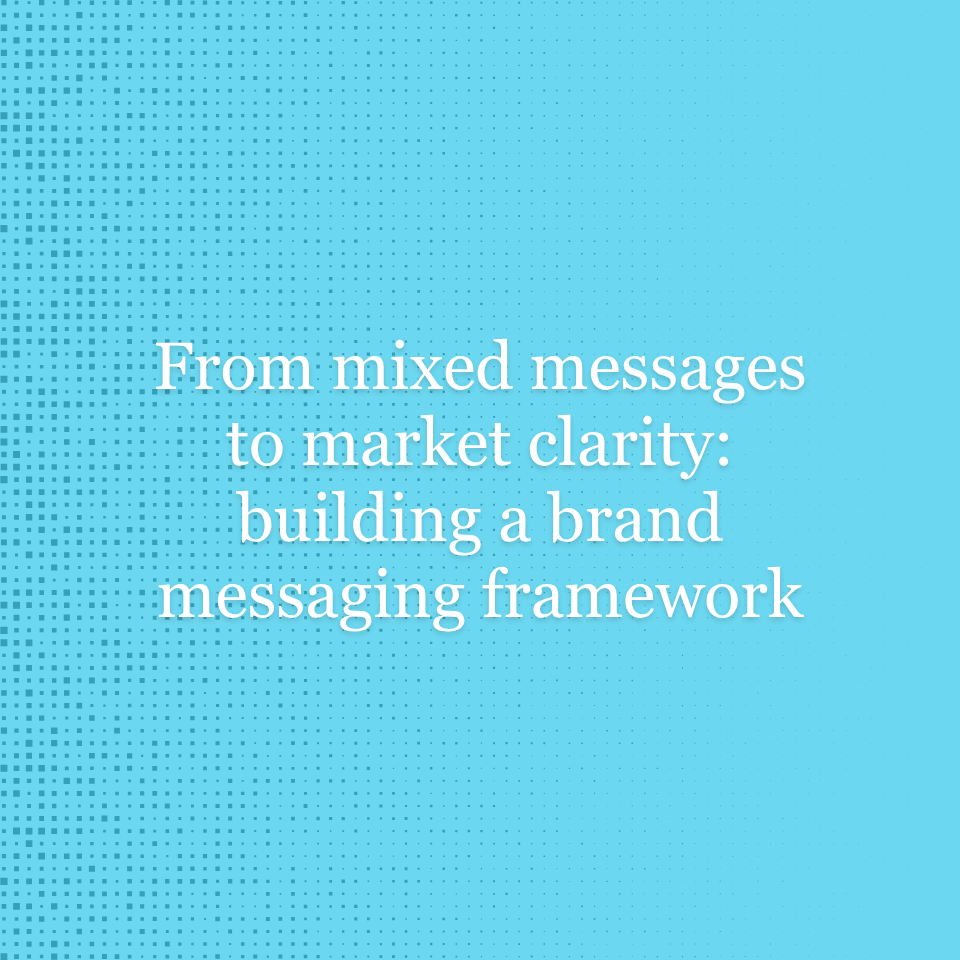There are many different frameworks to use when creating a brand strategy. There are boxes, pyramids, brand houses, and brand platform models. We use a proprietary methodology, the Brand Compass, which we’ve made as simple as possible for the best possible level of understanding and usefulness for an entire organization, not just the marketing department.
Each brand strategy model has a general set of concepts revolving around what’s credible for the brand, what’s resonant for customers, and how the brand is different from others in the same market or category.
These concepts can be broken out into “core” and “supporting” concepts and are present in most good brand strategy frameworks including the Brand Compass. Use this as a guide to define your concepts and begin building a strong brand strategy.
What Are the Core Concepts?
Core concepts are the most salient and instructional parts of your brand strategy, and the parts that everyone in your organization should know, execute against, and innovate from. These core concepts guide your decisions as a brand on what you make next, where you expand your business and to whom you most matter.
These concepts are not facts themselves, instead, they are more strategic and subjective in nature and include:
- Your aspirational target audience mindset – This is not a demographic, but a way of expressing the ideals and values shared across your core customer sets that overlap with what you can deliver.
- What business you are in – This is how you choose to frame up what you do for customers.
- Why you matter to customers – This is your overarching benefit.
- Your purpose – This is an expression of the goodness you deliver to the world that resolves two tensions that your customer, or society at large, could not resolve on their own.
- Your personality – This is the specific character in which you speak, behave, and express your brand with every experience – be it product, retail, service, marketing, or culture.
What are Supporting Concepts?
In order to arrive at unassailable and compelling core concepts, you first must know your supporting concepts. Supporting concepts are less about choices and more about what is. Often time, product truths, company vision and values, and customer research can be highly instrumental in arriving at these supporting concepts. You can think of these supporting concepts against the three c’s of customer, context, and company.
Customer related supporting concepts:
- Your customer profile(s) – This is the demographic, behavioral, psychographic, attitudinal, and ideals/aspirations of your target audience.
- Customer journey – These are the pains, needs, wants and wishes of your customers over time. This journey should form a foundational input to your benefits ladder.
- Shared ideals or values – These are the ideals or values shared across your audiences. These are needs and desires or aspirations of your customer and prospects that you operationally support and credibly deliver on.
- Customer benefits laddering – Both functional and emotional benefits matter to your customers. You must know how they ladder and link, which ones matter most to your customers and why, whether they are shared with the category overall, or you can uniquely deliver on. Overlaying the benefits you listed from your company supporting concepts, you can start to understand where you might bring unique value.
Company (and product) supporting concepts:
- Your business situation - Is the business a leader, a challenger, a fast follower, or are they a category inventor? Are you a legacy brand and business or are you a disruptor? Is the business thriving or diving? Has it stalled out or is it gearing up to jump start? What are the business goals? Consider the most salient metrics to express this goal, for example: in terms of revenue, share of market, share of wallet, customer segment growth, geographic growth, expansion of loyalty or retention, cross-sell, or how the business plans to steal share from competitors or other alternatives.
- Product value propositions – This includes your benefits, points of differentiation and reasons to believe (listed above), and positions them against your cost and the risks or efforts required to attain and use your product, helping you gauge both pricing strategy as well as your overall value to the customer (customer value = benefits - price).
- Your reasons to believe or claims – These are the things you can prove you do. These are factual, not feelings.
- Your benefits - All the positive outcomes your customer receives from your products, brand, and company, stemming off of each of your claims or RTBs. You may have already compiled a list that you used in customer research, which can be employed here. Sometimes, it’s helpful to do a word tree. Be sure to list out both functional and emotional benefits, and overlay the benefits from your customer supporting concept, so you understand where you are meeting a need that truly exists from the customer point of view.
- Your defining dilemma or tension you resolve – These are the two tensions, or two ideals, your brand seeks to resolve to arrive at your essential goodness to the world, or your purpose.
Context or Category supporting concepts:
- Your frame of reference – These are all the other brands, products, workarounds, or alternatives your customers use or may use instead of you, as well as comparative examples of companies or brands who may be out-of-category but are in a similar business situation from whom you can learn from metaphorically.
- Points of parity – These are the things your brand shares with its ascribed category and frame of reference.
- Points of differentiation – These are things your brand can uniquely claim. These are not things you do BETTER (see points of parity), but are things ONLY you can do or be.
- Archetype – The role you play in culture at large and with your customers, as defined by Carl Jung’s 12 archetypes.
Using these core and supporting concepts, companies can develop the foundation on which a strong brand is built upon.





